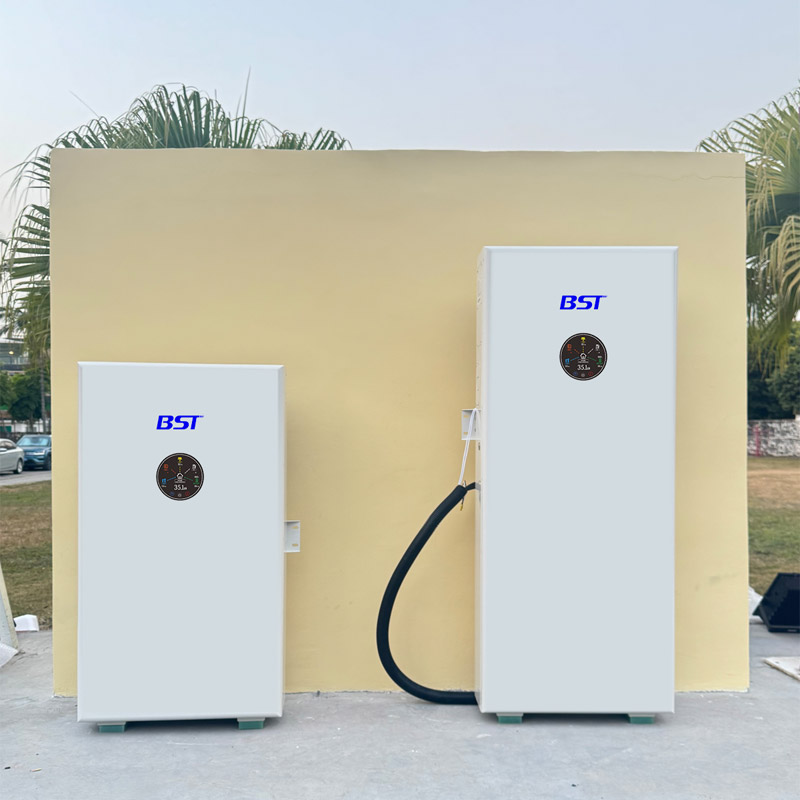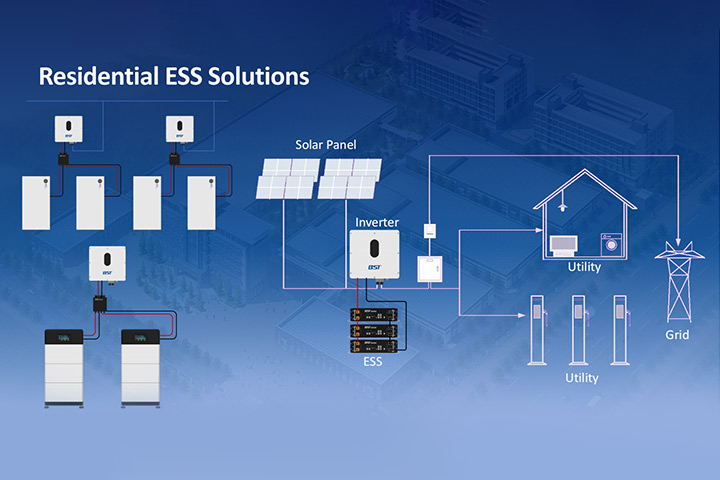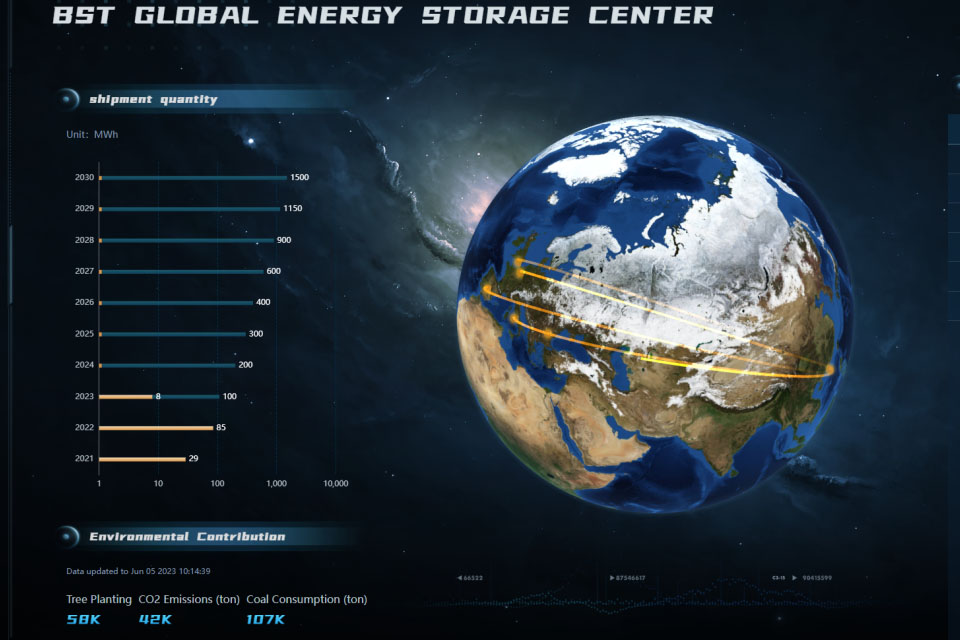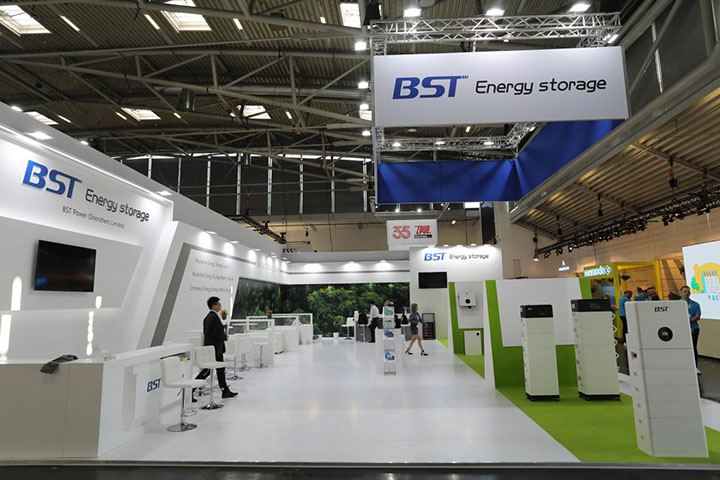As the global demand for clean energy continues to rise, installers, distributors, and solar businesses are seeking efficient ways to scale their operations. One of the most effective solutions in today’s residential energy market is the all-in-one home energy storage system. These pre-integrated systems combine an inverter, battery, BMS (Battery Management System), and often EMS (Energy Management System) into a single unit — offering streamlined installation, lower labor costs, and faster project turnover.

In this article, we explore how all-in-one energy storage units lead to faster installations and higher profits, and why solar professionals and EPC contractors are increasingly adopting them.
What Is an All-in-One Home Energy Storage Unit?
An all-in-one home energy storage system is a fully integrated energy solution that typically includes:
- Lithium battery pack (often LiFePO₄ for safety and longevity)
- Hybrid or off-grid inverter
- Battery Management System (BMS)
- Energy Management System (EMS)
- Pre-wired connections and enclosure
These units are designed for plug-and-play installation, eliminating the need to source and manually integrate separate components.
Faster Installation: Saving Time on Every Job
Time is money in the solar and energy storage business. Compared to traditional setups that require component-by-component integration, all-in-one systems are factory pre-configured and tested. Here’s how that speeds things up:
1. Simplified Wiring
All-in-one units eliminate the complex cabling and wiring work between inverters and battery banks. With pre-set connectors and clear labeling, most systems can be installed within hours instead of days.
2. Reduced Permitting Headaches
Since all-in-one systems meet international standards and come with complete certification (e.g., CE, UL9540, UN38.3), installers spend less time navigating code compliance and local inspection processes.
3. Plug-and-Play Deployment
For installers, it’s as simple as mounting the unit, connecting the solar input and grid output, and powering it on. Minimal configuration is required, and many systems auto-detect loads and optimize battery cycles immediately.
Higher Profits: Better Margins and Business Growth
All-in-one home energy storage units not only reduce installation time, but they also unlock greater profitability for installers, distributors, and resellers.
1. Lower Labor Costs
By cutting installation time, you can reduce skilled labor hours by 30–50%. This directly improves your margins per project, especially when operating in high-labor-cost regions like Europe, the U.S., or Australia.
2. Increased Install Volume
Faster installs mean more jobs per week. For example, if your team typically installs 2–3 systems weekly, an all-in-one approach could boost that to 5–6. Over the year, that’s a significant revenue increase.
3. Fewer Post-Sale Issues
Factory-assembled systems undergo quality control before shipment. This leads to fewer wiring errors, compatibility issues, or on-site failures — translating to fewer service calls and warranty claims.
4. Higher Customer Satisfaction
A neater, more compact system enhances the customer experience. Quiet operation, minimal maintenance, and mobile app control also add value — making it easier to upsell premium features or referral programs.
All-in-One vs. Modular: Which One Wins?
| Feature | All-in-One System | Modular System |
|---|---|---|
| Installation Time | 2–4 hours | 1–2 days |
| Compatibility Risk | Low (pre-integrated) | High (multi-brand issues) |
| Labor Requirements | Lower | Higher |
| Cost of Installation | Lower overall | Higher |
| Flexibility/Scalability | Medium | High |
| User Interface & Control | Unified and simple | Requires third-party tools |
| Aesthetic Appearance | Compact, clean design | Varies by component |
While modular systems offer some scalability advantages, for most residential projects, all-in-one units offer a better balance of performance, simplicity, and profitability.
Best Use Cases for All-in-One Units
- Residential solar + storage projects
- Off-grid cabins and rural homes
- Emergency backup systems
- Quick-turnaround installations
- Low-maintenance rental properties
What to Look for When Choosing an All-in-One System
Not all all-in-one systems are created equal. Here are the top features to look for:
- Battery Chemistry: LiFePO₄ is the safest and most stable lithium chemistry.
- Inverter Power Output: Ensure the inverter supports peak loads and smart energy management.
- Scalability: Some all-in-one units allow expansion by stacking or linking systems.
- Warranty: Look for at least 5–10 years for both battery and inverter.
- Monitoring: A mobile or web-based app is a must for modern users.
- Certifications: Ensure full compliance with CE, UL, IEC, or other local standards.
- Supplier Support: Choose manufacturers with reliable pre- and after-sales service.
Future Outlook: Growing Market for All-in-One Storage
According to IEA and BloombergNEF reports, the global residential energy storage market is expected to grow at a CAGR of over 20% through 2030. All-in-one systems are at the forefront of this growth due to their ease of use, improved safety, and economic benefits.
Countries with strong solar subsidies — like Germany, Australia, Italy, and parts of the U.S. — are already seeing massive demand for integrated battery systems. Installers and resellers who adapt early will have a clear market advantage.
Conclusion: Speed and Profitability Go Hand-in-Hand
In today’s competitive solar market, faster installs and higher profits are not optional — they’re essential. All-in-one home energy storage units are the key to unlocking both. With simplified setup, better reliability, and reduced installation time, they help solar professionals grow their business while offering homeowners a cleaner, smarter energy future.
Partner With a Trusted Manufacturer

Looking to expand your product line or streamline installations? At BST Power, we offer a full range of all-in-one energy storage solutions for global partners — including OEM and ODM customization. With 23 years of manufacturing expertise, international certifications, and support across 100+ countries, we help you scale faster and smarter.
📩 Contact us today for product specs, pricing, or exclusive partner opportunities.



